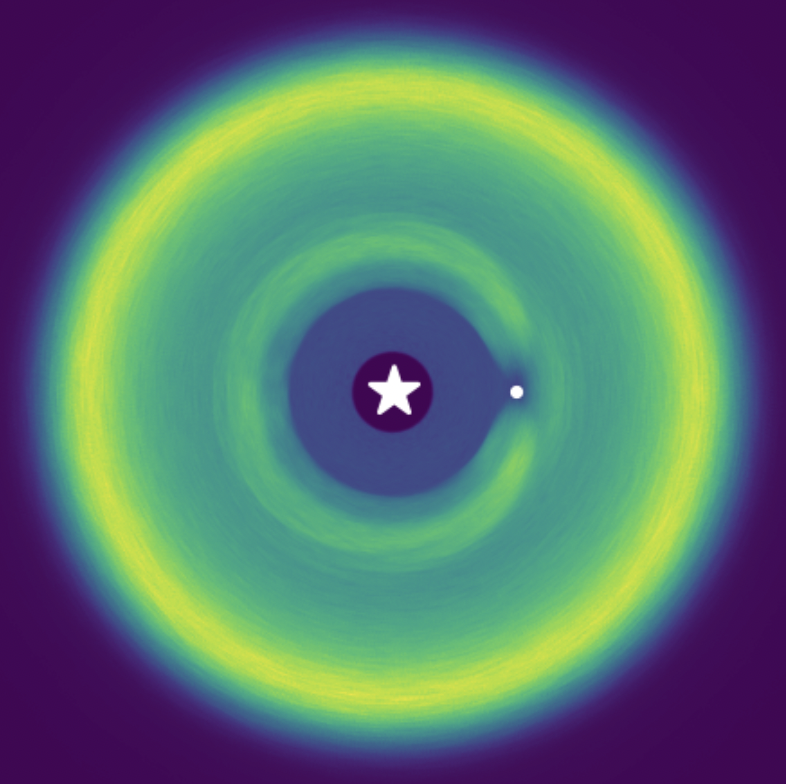Research
About me: I am a NASA Postdoctoral Program Fellow at NASA's Goddard Space Flight Center. In 2024, I earned my dual-title PhD in Astronomy and Astrobiology at the University of Washington, Seattle, where I worked with Prof. Vikki Meadows and the Virtual Planetary Laboratory team. During graduate school, I worked to understand how we can use the upcoming extremely large telescopes to search for signs of habitability and life on terrestrial-sized exoplanets in M-dwarf systems using high-resolution cross-correlation spectroscopy. At NASA, I work on current and future space-based direct imaging missions, studying how exozodiacal dust may impact our ability to characterize an Earth-like world in nearby FGK systems.
Publications: Link to ORCID
Science highlights:

We may be able to use the future ground-based extremely large telescopes to search for the CO2/CH4 biosignature disequilibrium pair on nearby transiting terrestrial exoplanets.
There's More to Life than O2: Simulating the Detectability of a Range of Molecules for Ground-based, High-resolution Spectroscopy of Transiting Terrestrial Exoplanets
Currie et al. 2023a

Exozodiacal debris disks may impede our ability to detect Earth-like exoplanets in direct images. However, applying an optimized high-pass filter may allow us to fit and remove even the worst-case-scenario mean motion resonance structures.
Mitigating Worst-Case Exozodiacal Dust Structure in Direct Images of Earth-like Exoplanets
Currie et al. 2023b

We do not find evidence for iron in the atmosphere of lava planet 55 Cancri e, suggesting the presence of a thin mineral atmosphere.
A Non-Detection of Iron in the First High-Resolution Emission Study of the Lava Planet 55 Cnc e
Rasmussen and Currie et al. 2023



